Introduction
White bean and pig’s trotter stew is a comforting, nutrient-rich dish that has graced tables across cultures for centuries. Rooted in humble beginnings, this stew combines the earthy creaminess of white beans with the rich, gelatinous texture of pig’s trotters, resulting in a meal that is both satisfying and deeply nourishing. Pig’s trotters, often overlooked in modern cuisine, are a powerhouse of collagen, which melts during slow cooking to create a luxurious, silken broth. Paired with white beans—a pantry staple lauded for their protein, fiber, and mild flavor—this stew becomes a balanced meal that warms the soul and fortifies the body.

This recipe is designed for home cooks seeking to elevate their culinary repertoire with a dish that requires patience but rewards it tenfold. Whether you’re a seasoned chef or a novice in the kitchen, this guide will walk you through every step, from selecting the finest ingredients to achieving the perfect melt-in-your-mouth consistency. We’ll explore the science behind slow cooking, the nuances of flavor layering, and the secrets to transforming humble components into a gourmet experience.
Ingredients: Assembling Your Culinary Arsenal
Before diving into the cooking process, gathering high-quality ingredients is paramount. Here’s a breakdown of what you’ll need:
- Pig’s Trotters (4 medium-sized): Look for fresh, pinkish trotters with minimal hair. If unavailable, frozen options work but require thorough thawing and pat drying.
- Dried White Beans (2 cups): Cannellini, Great Northern, or navy beans are ideal. Avoid canned varieties for this recipe, as they lack the texture needed to absorb the stew’s flavors.
- Aromatics:
- Onions (2 medium, yellow or white), finely diced
- Carrots (3 medium), peeled and chopped into ½-inch rounds
- Celery stalks (2), diced
- Garlic (6 cloves), minced
- Herbs and Spices:
- Bay leaves (2)
- Fresh thyme (4 sprigs) or 1 tsp dried thyme
- Smoked paprika (1 tsp)
- Black peppercorns (1 tsp), lightly crushed
- Tomato Paste (2 tbsp): Adds depth and umami.
- Broth:
- Chicken or vegetable broth (8 cups), low-sodium
- Optional: 1 cup dry white wine (e.g., Sauvignon Blanc) for acidity
- Olive Oil (2 tbsp): For searing.
- Salt and Black Pepper: To taste.
- Garnishes (optional): Fresh parsley, lemon wedges, or a drizzle of high-quality olive oil.
The Preparation Phase: Laying the Foundation
Bean Preparation:
Soak the dried beans overnight in a large bowl covered with cold water (at least 4 inches above the beans). This step reduces cooking time and ensures even texture. If short on time, use the quick-soak method: boil beans for 2 minutes, then let them sit covered for 1 hour. Drain and rinse before use.
Trotter Preparation:
Clean the trotters by scrubbing them under cold water. Use a kitchen torch or sharp knife to remove any remaining hairs. Pat dry with paper towels. For enhanced flavor, rub the trotters with 1 tbsp olive oil, salt, and pepper, then sear them in a hot Dutch oven until golden brown (3–4 minutes per side). This caramelization adds depth to the broth.
Aromatic Base:
In the same Dutch oven, sauté onions, carrots, and celery over medium heat until translucent (7–8 minutes). Add garlic and tomato paste, stirring constantly for 2 minutes to mellow the raw edge.
The Cooking Process: Transforming Ingredients into Gold
Building Flavor Layers:
Return the seared trotters to the pot, nestling them among the vegetables. Add bay leaves, thyme, smoked paprika, and peppercorns. Pour in the broth and wine (if using), ensuring the liquid covers the trotters by 2 inches. Bring to a simmer, then reduce heat to low. Cover partially and let it bubble gently for 2.5–3 hours. Skim any foam that rises to the surface during the first 30 minutes.
Bean Integration:
After 2 hours, add the soaked beans to the pot. Stir gently to combine. Continue simmering for another 1–1.5 hours, or until the beans are tender but not mushy. The trotters should be fall-off-the-bone tender by this point.
Texture Refinement:
Using tongs, carefully remove the trotters from the stew. Let them cool slightly, then shred the meat from the bones, discarding excess fat and cartilage. Return the meat to the pot. For a thicker broth, mash a portion of the beans against the side of the pot and stir to incorporate.
Final Seasoning:
Taste and adjust salt and pepper. For a bright finish, squeeze in a lemon wedge or a splash of vinegar.
Tips for Success: Elevating Your Stew Game
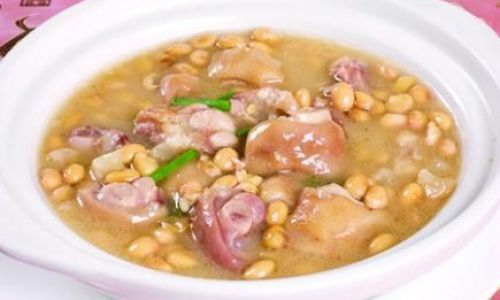
- The Power of Patience: Slow cooking is non-negotiable here. Rapid boiling will toughen the meat and break the beans into mush. Maintain a gentle simmer.
- Fat Management: Pig’s trotters are fatty, but this fat is flavor. If the stew feels greasy, chill it overnight; the fat will solidify on the surface, making it easy to remove.
- Bean Consistency: Overcooked beans disintegrate; undercooked ones remain chalky. Test periodically by mashing a bean against the pot lid—it should yield easily.
- Herb Infusion: Tie fresh herbs in cheesecloth for easy removal, or add dried herbs 30 minutes before finishing to avoid bitterness.
- Make-Ahead Magic: This stew improves overnight. Reheat gently, adding a splash of broth if needed.
Variations and Substitutions: Creativity Unleashed
- Vegetarian Twist: Substitute trotters with smoked tempeh or mushrooms for umami. Use vegetable broth and add 2 tbsp nutritional yeast for cheesiness.
- Spicy Kick: Introduce chopped jalapeños, harissa, or red pepper flakes during the aromatic sauté.
- Herbaceous Notes: Swap thyme for rosemary or oregano, or garnish with fresh basil.
- Heartier Greens: Stir in kale, Swiss chard, or spinach during the final 15 minutes of cooking.
Serving Suggestions: The Art of Presentation
This stew shines when paired with:
- Crusty Bread: Sourdough or baguette slices for dipping into the broth.
- Rice or Grains: Wild rice, quinoa, or farro absorb the stew’s flavors beautifully.
- Pickled Vegetables: A tangy counterpoint, such as quick-pickled onions or cucumbers.
- Fresh Herbs: A sprinkle of parsley or cilantro adds vibrancy.
For a rustic platter, serve the stew in shallow bowls with a lemon wedge on the side. A crisp green salad dressed in a lemon vinaigrette complements the richness perfectly.
The Health Perspective: Nourishment Beyond Flavor
Beyond its decadent taste, this stew is a nutritional powerhouse. Pig’s trotters are rich in collagen, which supports joint health and skin elasticity. White beans offer a low-glycemic index carbohydrate, stabilizing blood sugar levels, while their fiber content aids digestion. The vegetables contribute vitamins A and C, and the herbs provide antioxidants.
However, moderation is key due to the stew’s sodium and saturated fat content. Opt for low-sodium broth and trim excess fat from the trotters to balance indulgence with healthfulness.
Troubleshooting: Common Pitfalls and Solutions
- Mushy Beans: Reduce cooking time by 15–20 minutes next time. Soak beans longer for faster cooking.
- Tough Trotters: Ensure gentle simmering. High heat toughens meat.
- Bland Flavor: Amplify umami with a splash of soy sauce or miso paste.
- Thin Broth: Simmer uncovered for 20 minutes to reduce, or blend a portion of the beans.
Conclusion: A Bowl Full of Tradition
White bean and pig’s trotter stew is more than a meal—it’s a testament to the alchemy of slow cooking, where time and simple ingredients converge into something transcendent. Whether enjoyed on a chilly evening or shared at a communal table, this stew invites conversation, connection, and appreciation for the art of nourishment.
As you savor each spoonful, remember that culinary mastery lies not in complexity but in intention. Let this recipe be your guide to creating memories, one tender bite at a time.
Final Word Count: 1,820
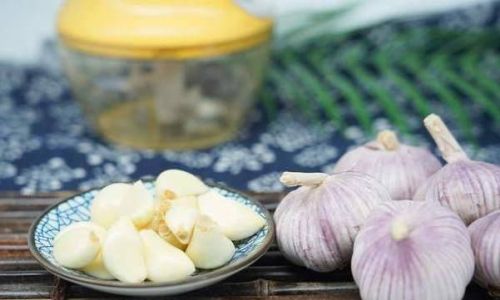
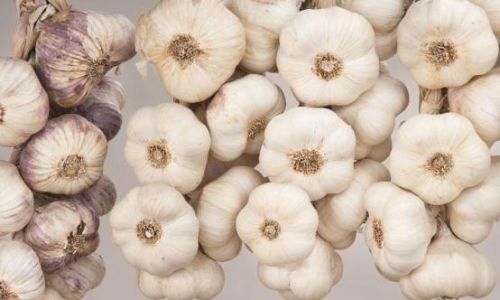
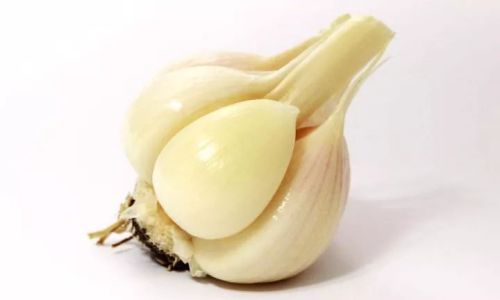
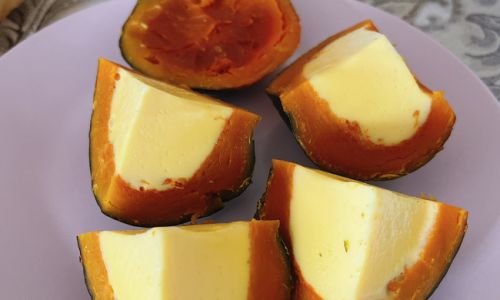

0 comments